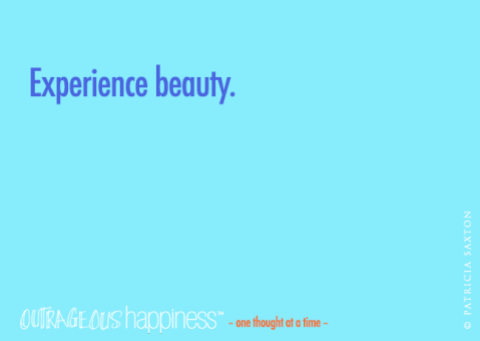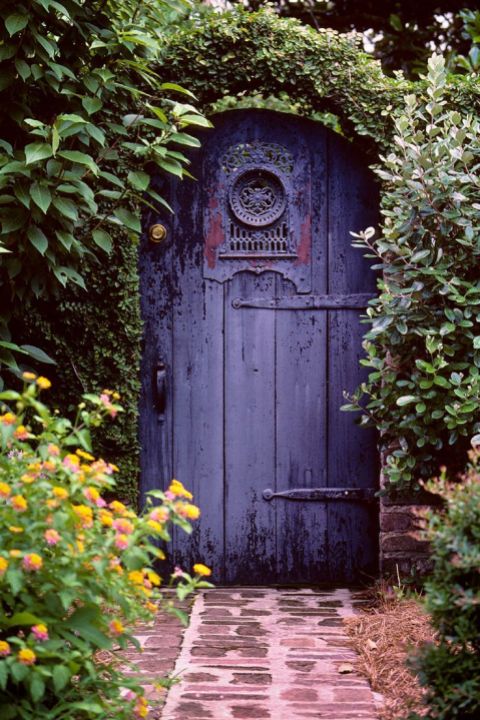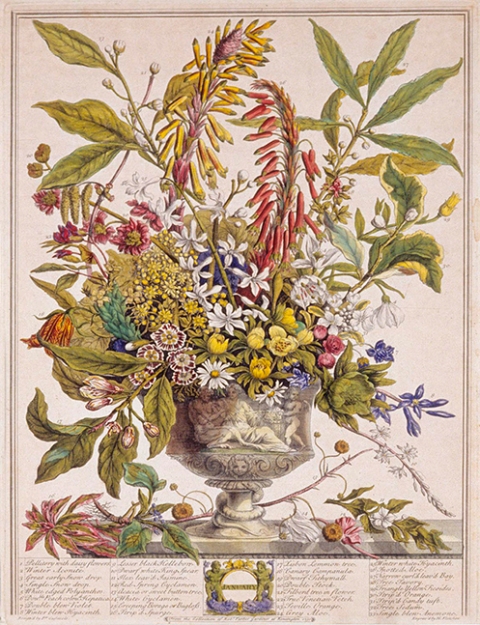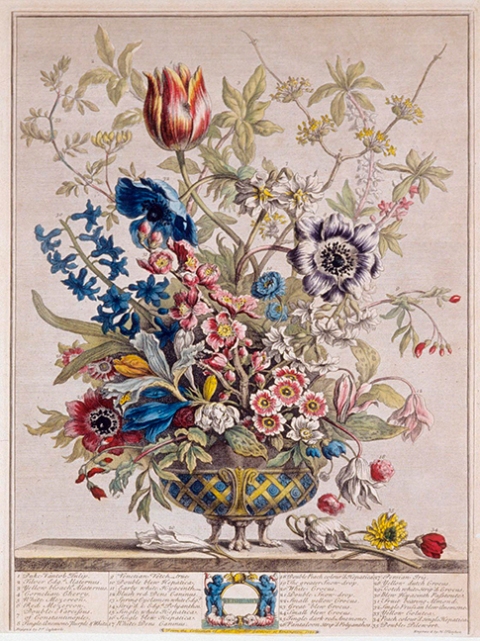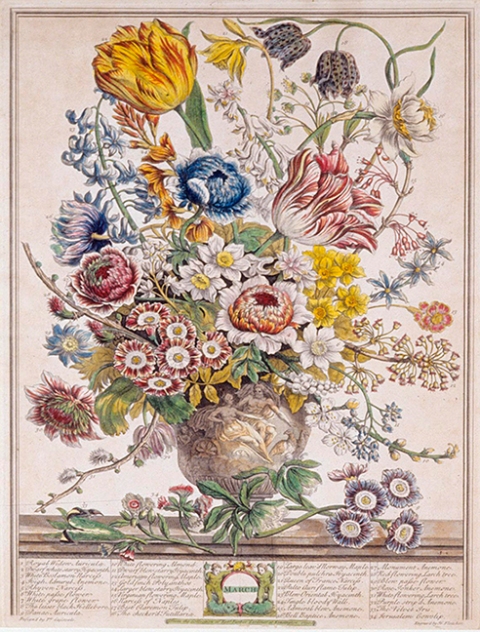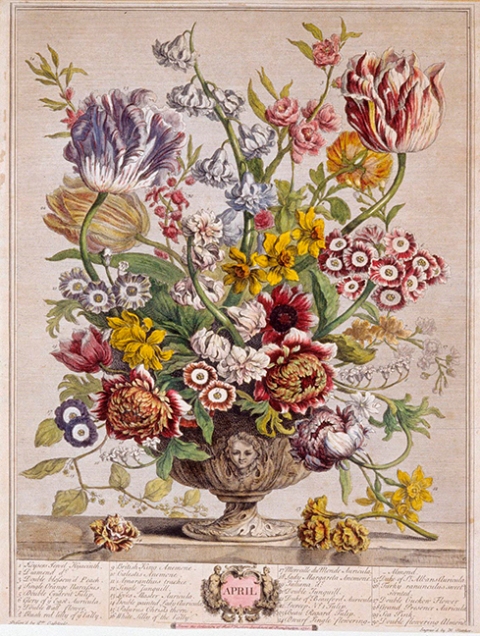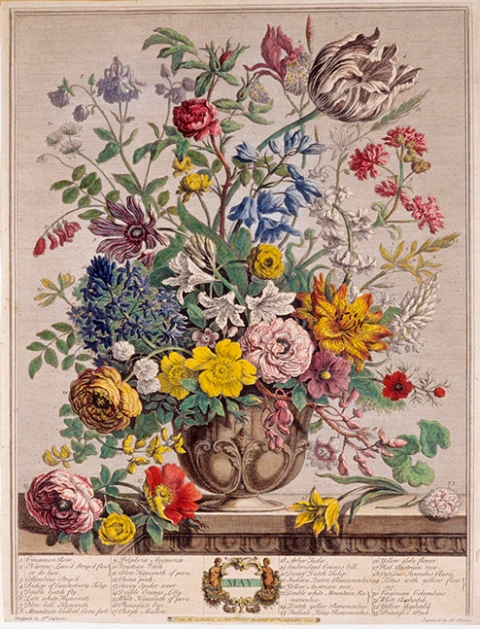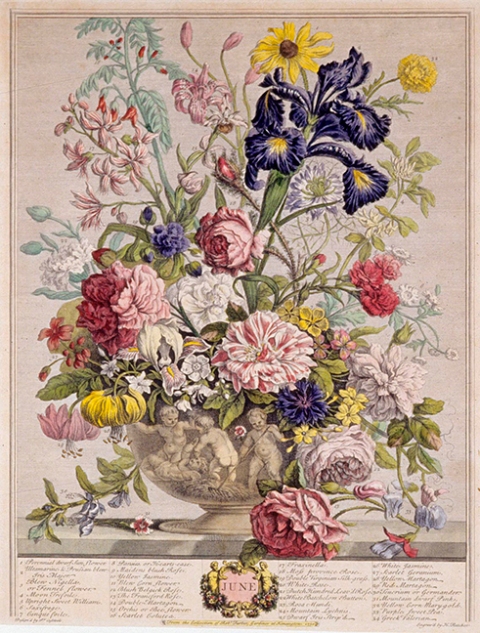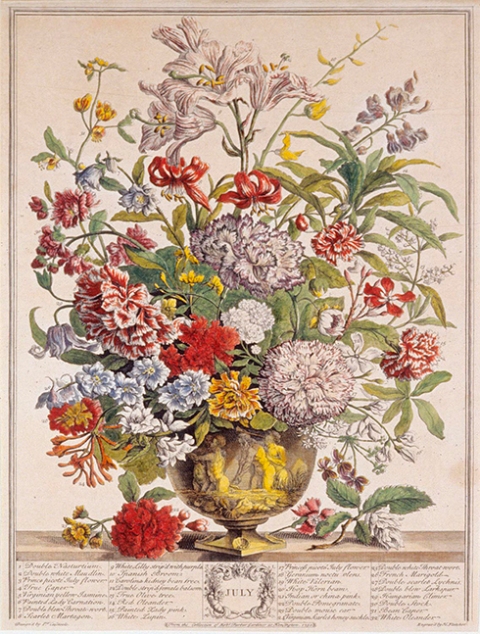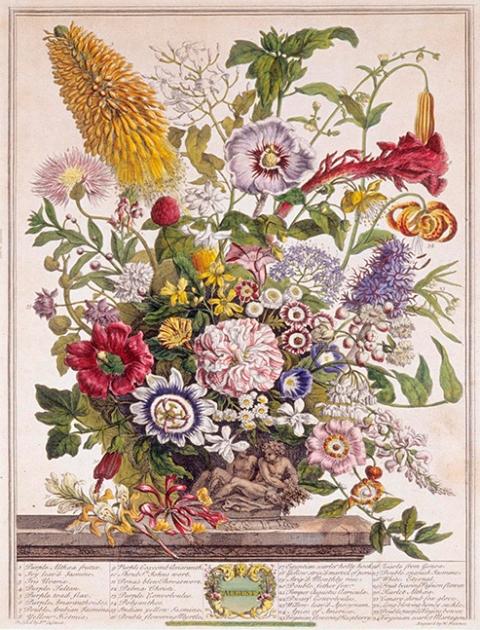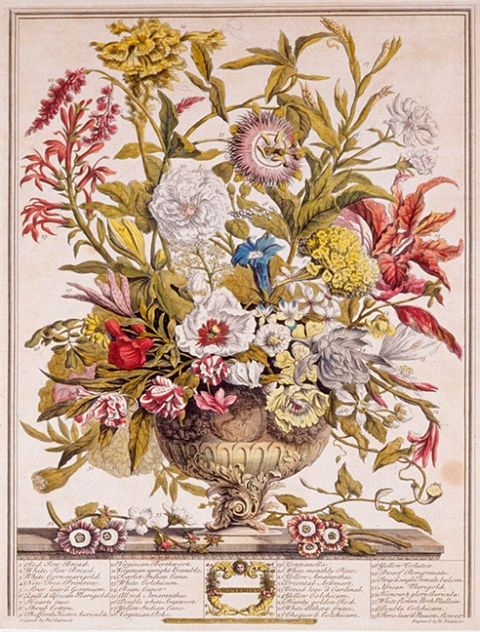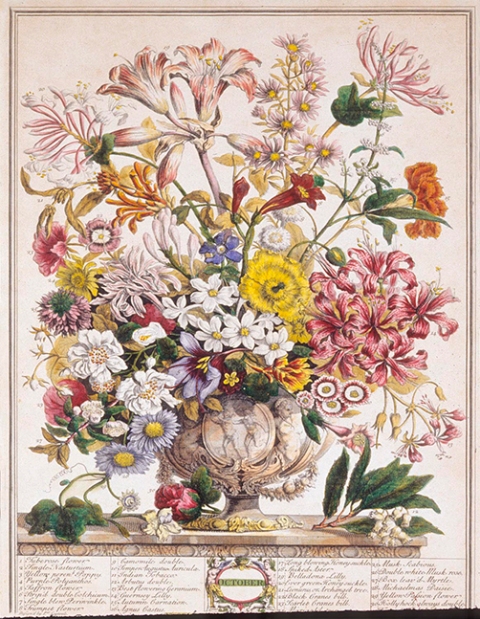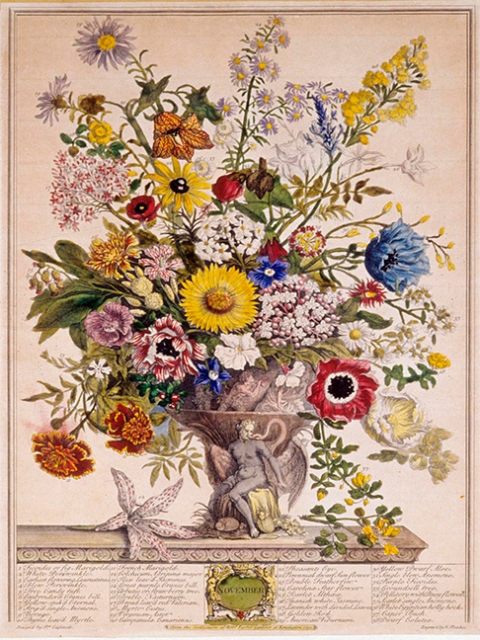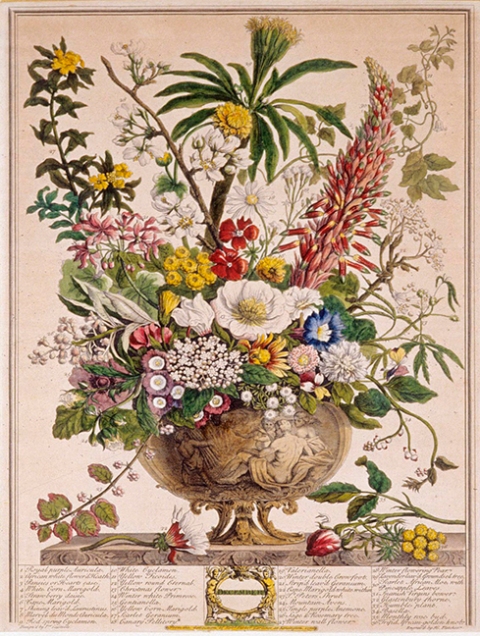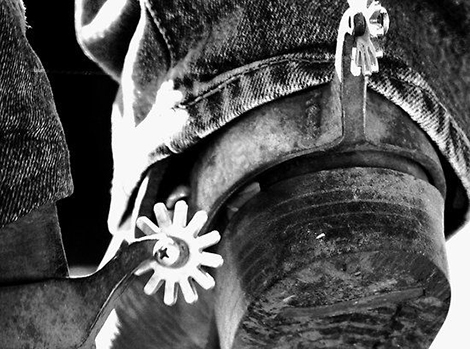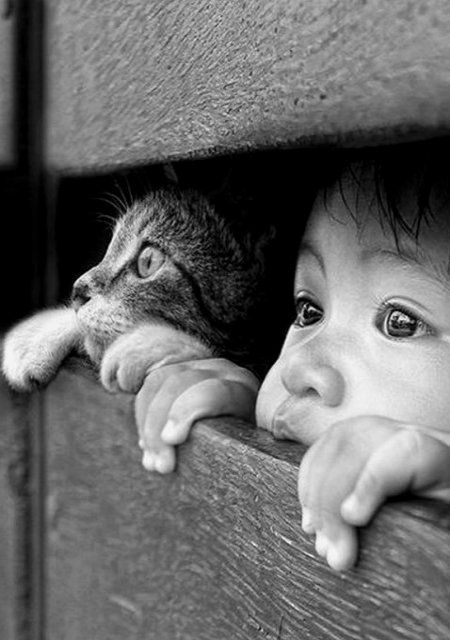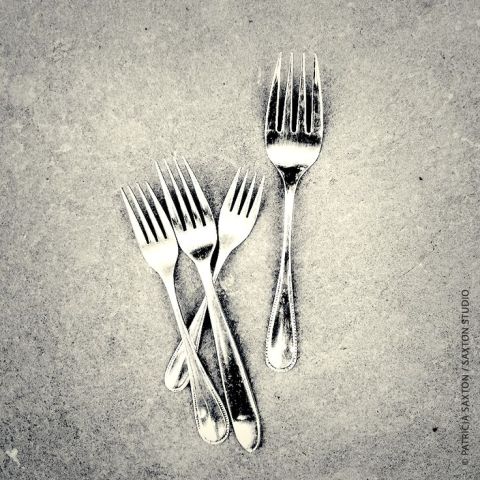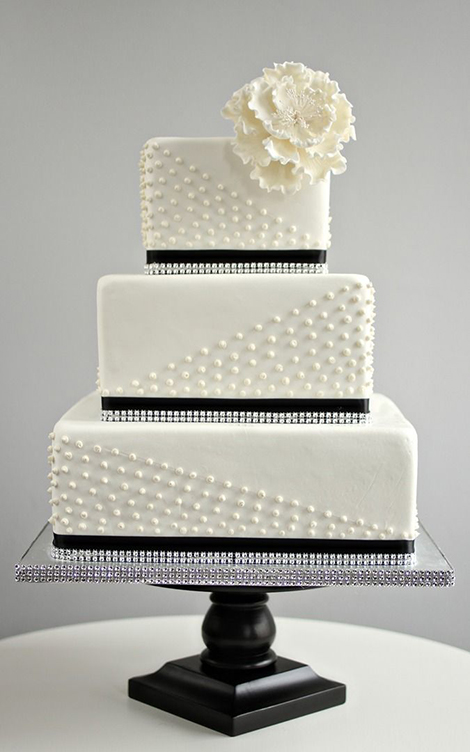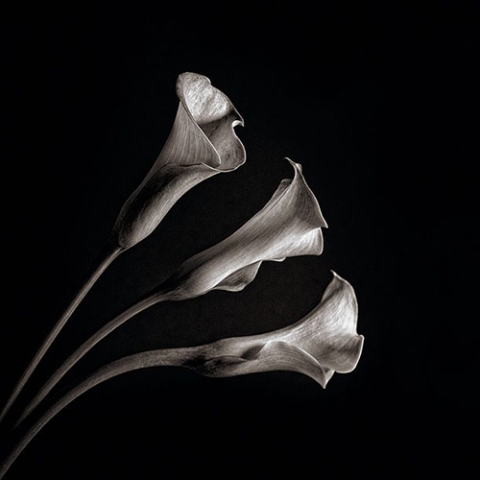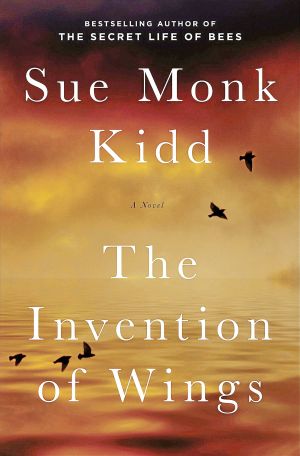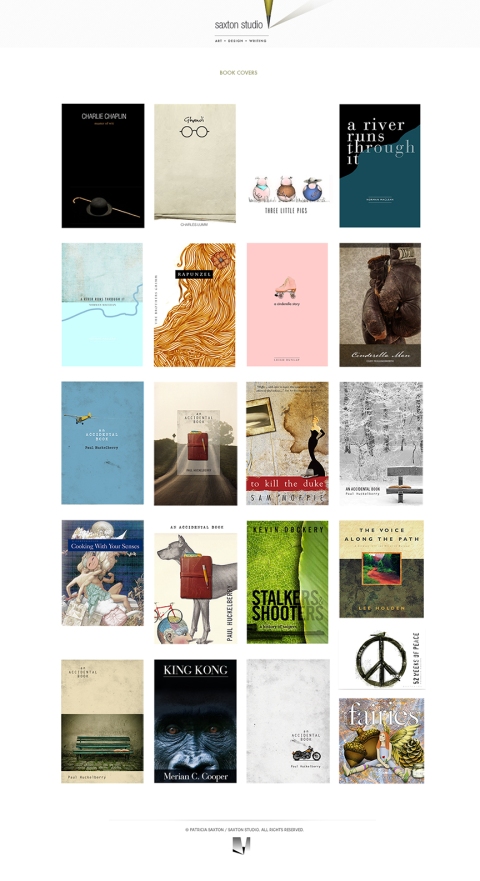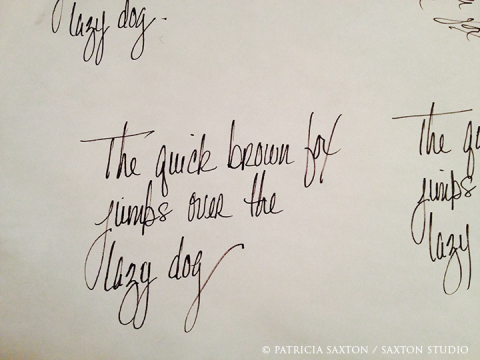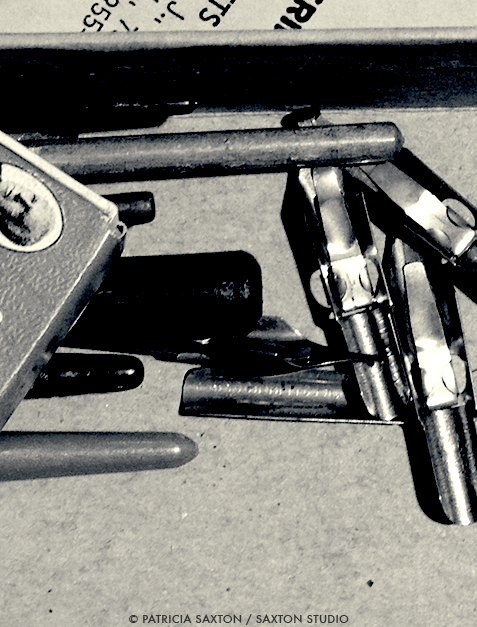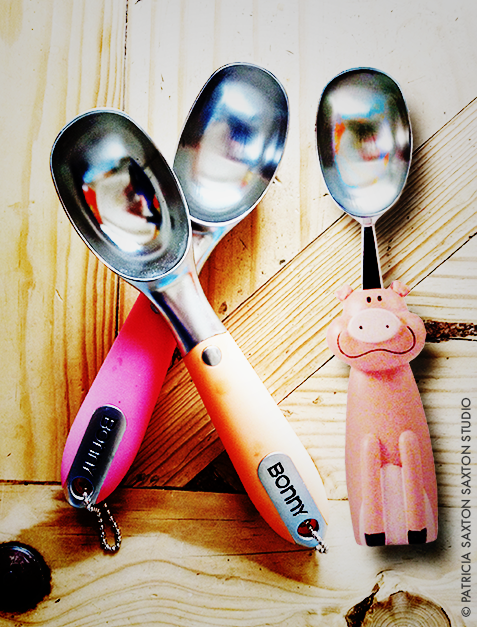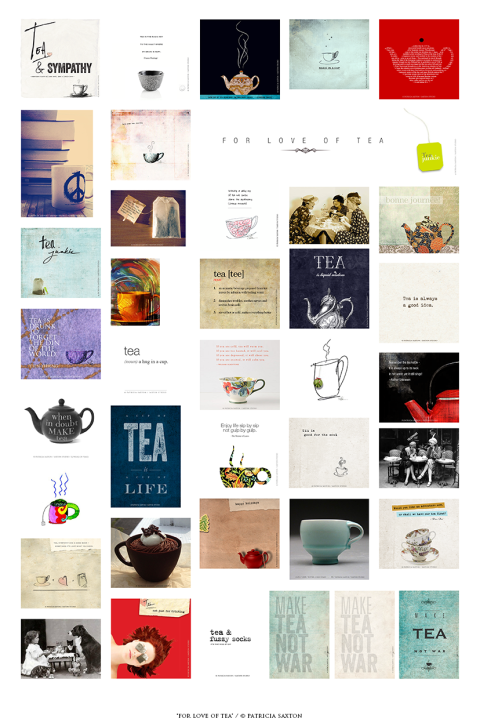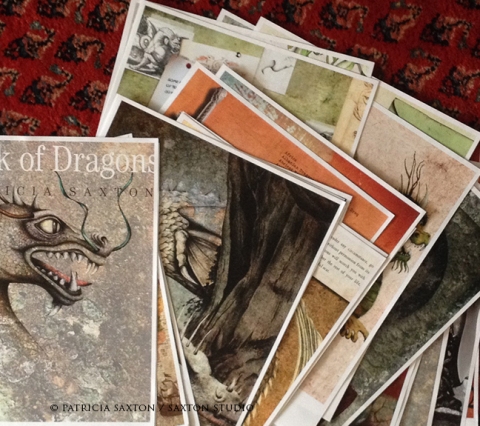Outrageous Happiness #16: Purple Doors and Other Beautiful Things
As the snow rages on here in the northeast, winter stubbornly insisting on showing its power over mortal beings, my discontent (affectionately called cabin fever) is assuaged by firewood and chocolate and beautiful things.
Because beauty, even in the middle of winter, is always within arms reach. The snowfall itself is a thing of beauty; but even then, yes, one gets restless for gardens and seagulls and afternoons on the porch. So I find bits of joy and comfort in things out of reach ~ things I can imagine, or dream of, or plan for. And somehow, just knowing that the purple doors below exist somewhere makes me happy.
Right, right, things, in and of themselves, do not “make us happy”. And what an empty existence it would be if we prized things over love, laughter and companionship. But our hearts can make us happy, and things can touch our hearts. Beautiful things.
Like a gorgeously purple garden gate, detailed by someone’s skilled hand. Like a well-made chest of drawers, or a child’s painting. An exquisite vase, a red cardinal on a branch, the smell of muffins in the oven, a tulip field, a perfectly comfortable chair with a lovely covering. All things of beauty in their way – expressions of love, a medium for experiencing this life with all the senses; to touch and see and hear and feel the endless multitudes of tastes and textures we have the opportunity to know.
What is life if not for diving in to sample its delicious variety. And what magnitude abounds! Even if we can’t see, hear or touch every bit, we can appreciate God’s – the Universe’s – the Great Creator’s – handiwork at every single turn. And the fruits of our own labors, too – the music, the art, the dance, the carefully crafted violin, the windmill, the garden gate.
We can appreciate the lush carpet beneath our feet, whether made of wool or sand or heather.
And when we do that, when we step out of our daily this-or-that, when we unclench our engagement with what’s wrong or what doesn’t feel good or what hurts or what’s bothersome, we elevate our experience. And what can be faulty with that?
We’re only here for an instant. We can believe it’s to struggle and fight, or we can believe it’s to learn and uplift. We can admire and expand, or we can shut down. We can stay small or we can let our spirits breathe large. We can be held captive by the world’s ills, or we can spread more light.
Beauty, and beautiful things, are a physical gift for our human experience. Seek beauty. Surround yourself. And let purple doors and other beautiful things do what they’re meant to do; nurture and inspire.
How’s your Outrageous Happiness going?
……………………
PS: I haven’t been able to find the original source for these 2 photos. They are not my own, and I would love to give proper credit if anyone knows.



